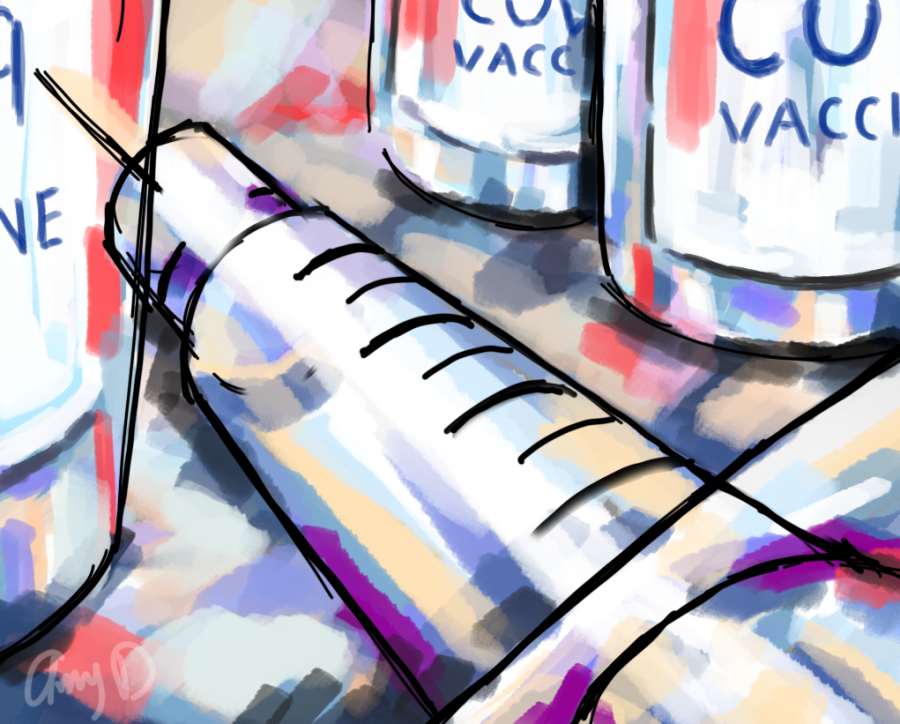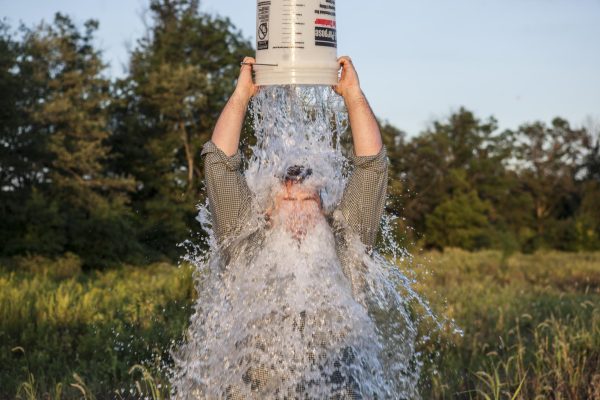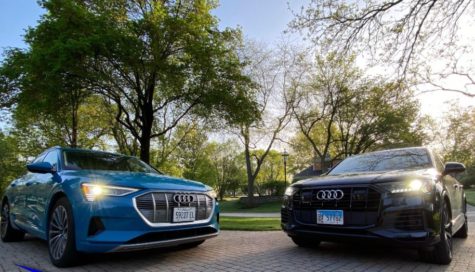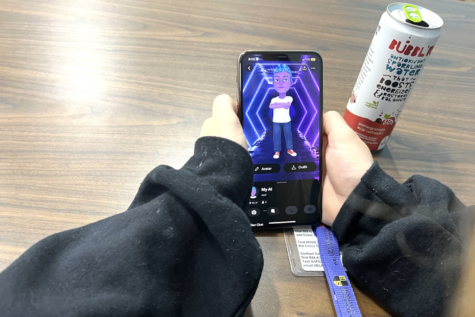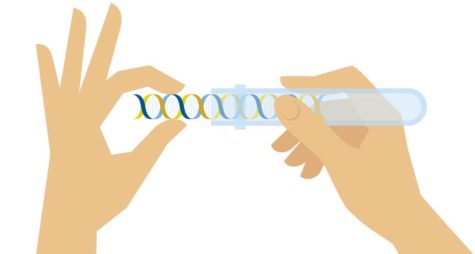Coronavirus vaccines around the world
Various vaccines have been approved in different countries, with some having more efficacy than others.
There is one topic that is on everyone’s mind right now: the Coronavirus. With more than a million deaths in the entire world and 200,000 deaths in the US, scientists and world leaders are in a frenzy to try and solve the pandemic that has impacted the lives of everyone on earth. While masks, social distancing, and quarantines have proven to be effective preventative measures, there is only one way this virus can be truly solved: a vaccine.
Even though the vaccine efforts in the US are somewhat covered in the media, one can’t help but wonder what other countries’ scientific approaches are. Naturally, with vastly different regulations and scientific advancements, they would be very different. Global leaders such as the U.S., China, and Russia, are, unsurprisingly, at the forefront of vaccine development. Many countries around the world have vaccines in phase 1 and 2 of development, meaning that they are only permitted to test on small groups of people to evaluate their effectiveness and further clinical studies. However, very few vaccines make it past these two stages, so a vaccine in phase III trial has potential as it is tested on thousands of people.
While guidelines for vaccines are heavily imposed in the US by the FDA, the same level of scrutiny is not present in China or Russia. However, all across the world, numerous companies are vying to be the first to release an effective and authorized vaccine.
On Nov. 20, Pfizer, America’s multinational pharmaceutical company and its partner BioNtech filed for emergency authorization of their COVID-19 vaccine. In other words, the FDA now has to analyze the vaccine to determine whether it is safe or not. Currently, it is unclear how long the FDA will take to process the vaccine but the US department of heath predicts that the vaccine will be approved in the first few weeks of December. According to Pfizer, their vaccine has 95% effectiveness across all age groups, ethnicities, and genders. And like other potential vaccines in the US, are mRNA based- of a strand of messenger RNA wrapped within a lipid particle.
Pfizer and BioNTech state that when authorization arrives, it will “be ready to distribute the vaccine candidate within hours”. However, while the Pfizer vaccine offered hope early in the pandemic, it did not publicize the statistics of their trials. Moderna, another American company with an mRNA vaccine in the works, has been strikingly transparent with its trials. On Nov. 15, its 30,0000-person vaccine trial reported only 5 confirmed cases of the disease in the vaccinated group with an 94.5% efficacy. In addition, no one in the vaccinated group developed severe cases of COVID-19 compared to 11 in the placebo group. Similarly to the Pfizer vaccine, Moderna’s is also reported to be consistent in all studied populations.
While data in controlled trials will never be the same as in real populations and the cost and distribution of the vaccines pose an immense challenge, the progress made in both vaccines offers hope.
In China, four vaccines have reached the final stage of development, one of which is the Sinopharm* vaccine. According to the South China Morning post, almost 1 million Chinese citizens have been given the experimental vaccine by Sinopharm without any adverse effects other than mild symptoms. A privately owned company, Sinovac Biotech, has another vaccine (CoronaVac) in large-stage Phase 3 trials in Brazil, Indonesia, and Turkey with results that may be back in December.
In contrast to the vaccine in the US, these vaccines use an approach similar to our annual flu vaccine- with an inactivated virus that cannot replicate in human cells. Zhu Fengcai, one of the authors of the Sinovac findings (published in The Lancet Infectious Diseases) states that the “CoronaVac is capable of inducing a quick antibody response within four weeks of immunisation by giving two doses of the vaccine at a 14-day interval”. These results stemmed from the Phase 1 and 2 trials that involved more than 700 participants. Regardless, until the results are released in the Phase 3 trials, these results must be taken with a grain of salt. One element of this vaccine that makes it particularly attractive is its freezing point. Other vaccines discussed previously like the Moderna and Pfizer have to be stored at -70 C which create distribution challenges, especially to warmer areas around the globe. However, the CoronaVac only needs to be contained at 36-46F, or normal fridge temperatures. This mitigates some of the issues with other vaccines which need complicated supply chains to maintain the correct temperature.
The four vaccines discussed previously, Pfizer, Moderna, Sinopharm, and Sinovac, have all had relatively reputable trials placed on them, but the same cannot be said of Russia’s vaccine. Instead of mRNA, it uses two separate doses of adenoviruses** gene delivery vectors of the SARS-CoV-2 protein, the virus responsible for COVID-19. The Gamaleya institute in Moscow has not found any notable side effects but the adenovirus vector was linked to a failed HIV vaccine study in 2007 and Ad5 is believed to be the primary reason for the study’s failure.
On Nov. 11, Gamaleya announced that its vaccine was equally as effective as Pfiver’s, but experts are extremely skeptical. Even though the efficacy is reportedly 2 % higher than the Pfiver’s vaccine, they have far less recorded cases and trials compared to other vaccines in Phase 3. In contrast to Pfizer’s 94 analyzed cases, the Sputnik V only has 20. Overall, while the Russian vaccine seems to have a high efficacy, the means that it uses is controversial and possibly unsafe due to the limited and private testing that it has gone through. Even so, over 10,000 Russians have received this vaccine under controversial governmental approval.
Overall, the vaccines with the greatest potential seem to be Pfizer, Moderna, and potentially Sinovac. The vaccines created in the US are made under the strictest regulations with the FDA’s guidelines and are required to have a certain level of transparency with their trials. However, these vaccines have to be frozen at an extremely low temperature and are using unproven methods with mRNA. This could possibly lead to backlash in the general public with some opposition to the vaccine already seen in certain communities.China’s Sinovac vaccine is in an earlier stage of testing and was made with fewer regulations and less time; however, it does not pose the same freezing challenges that the US’s vaccines do. While the Pfizer and Moderna vaccines were given approval for emergency distribution, concrete decisions have yet to be made for the others so until then, the world is left wondering if there truly is an end to the pandemic in sight.

Aishvarya is currently a junior at Hinsdale Central. As the founder of the Hinsdale Central Science Journal (HCSJ), she writes and edits articles to publish...




